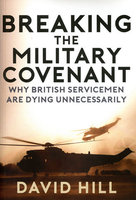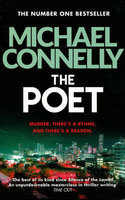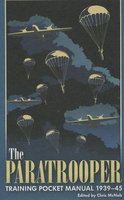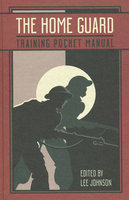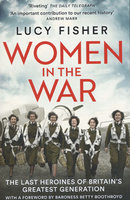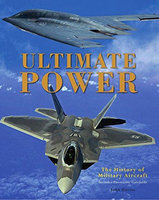New, Quality Gift Books - 50-90% off - over 2500 titles
Your basket is empty.
Categories Last Chance to buy! HOSTAGE RESCUE MANUAL
HOSTAGE RESCUE MANUAL
Book number: 93228
Product format: Paperback
In stock
Bibliophile price
£3.00
Published price
£12.99
Customers who bought this product also bought
|
BREAKING THE MILITARY COVENANT
Book number: 92926
Product format: Paperback
Bibliophile price
£6.00
Published price
£16.99
|
|
PARATROOPER: Training Pocket Manual 1939-45
Book number: 92935
Product format: Hardback
Bibliophile price
£3.75
Published price
£9.99
|
|
HOME GUARD TRAINING POCKET MANUAL
Book number: 93020
Product format: Paperback
Bibliophile price
£5.00
Published price
£8.99
|
WOMEN IN THE WAR
Book number: 93178
Product format: Paperback
Bibliophile price
£4.50
Published price
£9.99
|
ULTIMATE POWER: The History of Military Aircraft
Book number: 94107
Product format: Hardback
Bibliophile price
£15.00
Published price
£30
|
Browse these categories as well: Last Chance to buy!, War & Militaria

